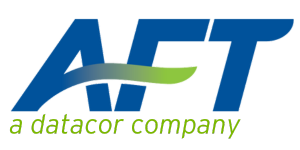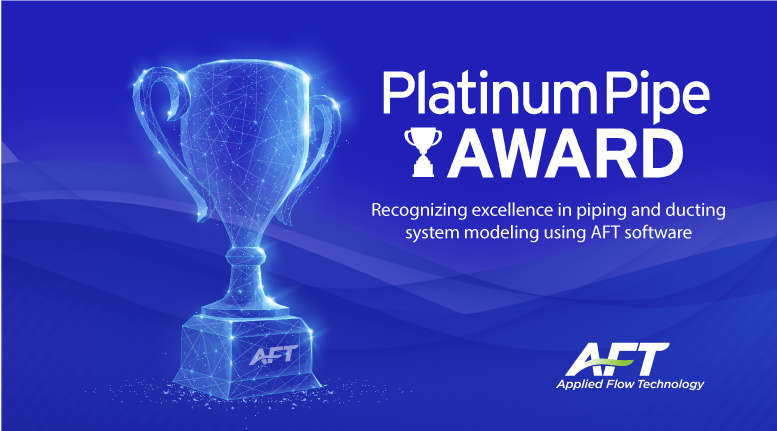A Review of Check Valves
& Relief Valves in Unsteady Flow
ABSTRACT
Pressure relief devices (PRDs) are used to protect system components from high pressures. Appropriately sized devices eliminate these high pressures while relieving a minimal amount of process fluid. As a result, they are frequently found in both in-compressible and compressible systems to relieve overpressures. However, relief devices are historically known to be ineffective for handling surge overpressures. While PRD standards and sources simply encourage the avoidance of surge, it is an in-evitability within most systems and the interaction between surge and PRDs, both conventional and surge-mitigating, are investigated here within. This paper discusses the basics of PRD terminology, mathematical PRD models, and PRD computer simulation modeling with associated examples. Basic design principles, guidelines for identifying at-risk-for-surge systems, and relief valve selection criteria for surge mitigation are presented.
_________________________
Check valves intend to prevent reverse flow with minimal impact to normal forward flow. They respond to transient con-ditions, and improper selection may result in unmitigated check valve slam – causing massive transient pressure surge that can easily cause damage throughout the connected piping network. Dynamic characteristics show the dependence of closure ve-locity on fluid deceleration. This paper aims to clarify, summarize, and qualify the use of these curves in liquid flow. Computer simulation models and examples are described along with comparisons to field data. Basic design principles, guidelines for identifying at-risk systems, and strategies for check valve selection are presented.
Authors:
Scott Lang, PE, Mark Dudley, and Devin Rorabaugh, Applied Flow Technology, Colorado Springs, CO
Jans Schreuder, Mokveld Valves, Gouda, The Netherlands
Dylan Witte, PE, Brown and Caldwell, Colorado Springs, CO
Presented at the ASME 2024 Pressure Vessels & Piping Conference, July 29–August 2, 2024, Bellevue, Washington
CONCLUSION - Relief Valves
Great care should be taken in addressing concerns of surge or other unsteady phenomena in a PRD-protected system. Conven-tional relief devices are deemed insufficient for the task of surge mitigation, despite wide usage in both liquid and gas applications for other overpressure events - and should be considered care-fully when a PRD-protected system is surge vulnerable. Where there is no guarantee that conventional PRDs will automatically experience transient issues, they are often overlooked by system engineers and relief valve engineers alike in their propensity to cause issues when exposed to surge phenomena. It is the authors’ goal to improve understanding about relief device behavior in surge, so as to help engineers avoid these issues.
CONCLUSION - Check Valves
Check valve slam in systems can cause dangerously high pressures, high enough to destroy equipment in severe cases, and is sometimes overlooked because it is not considered a “primary transient event.” Surge due to slam is strongly related to fluid deceleration, and can be modeled fairly accurately with a simple approach, provided the dynamic characteristic curve in use is appropriate for the check valve under study. Any such analysis must consider the dynamics of the system as a whole, as rule-of-thumb analysis can easily mislead even a seasoned analyst.


